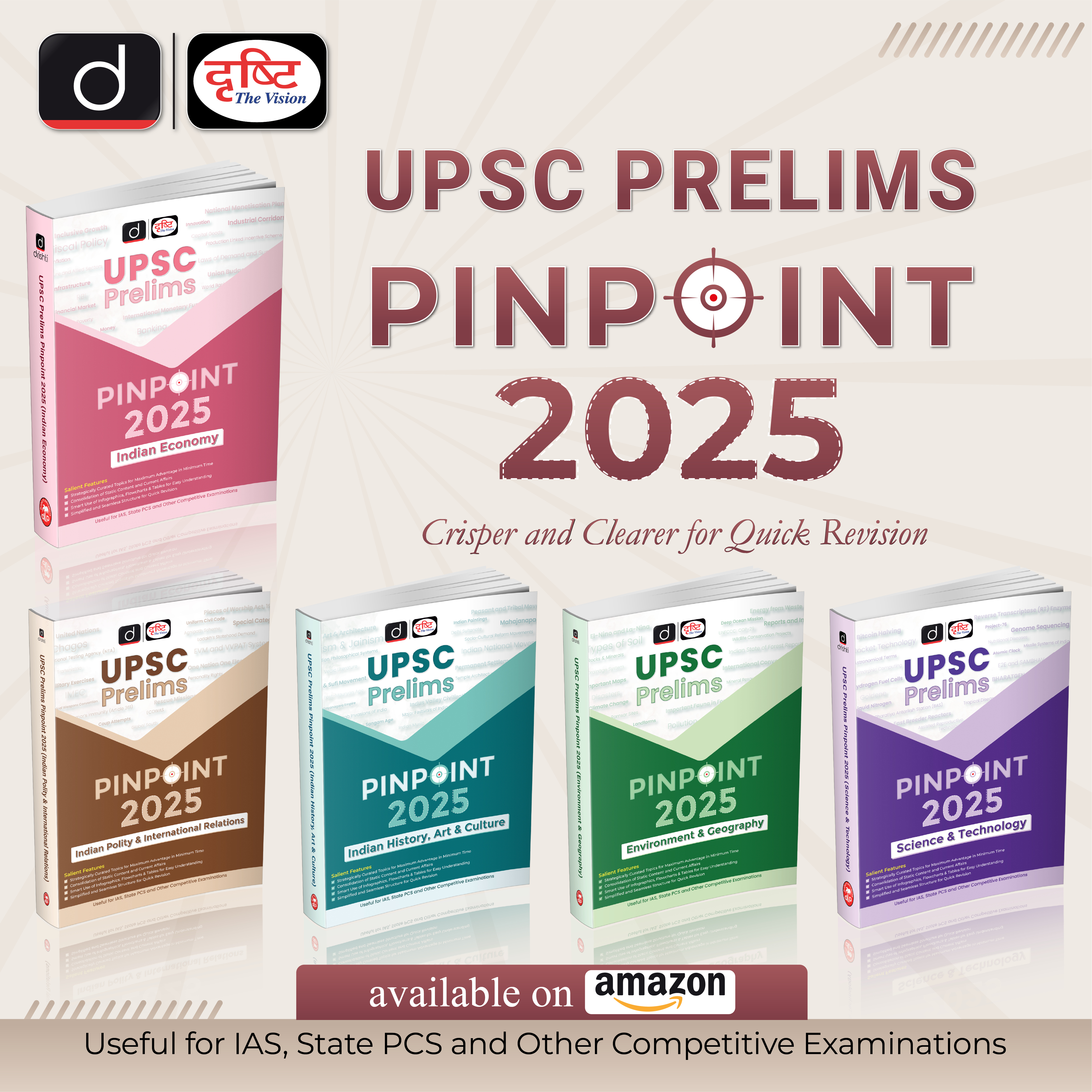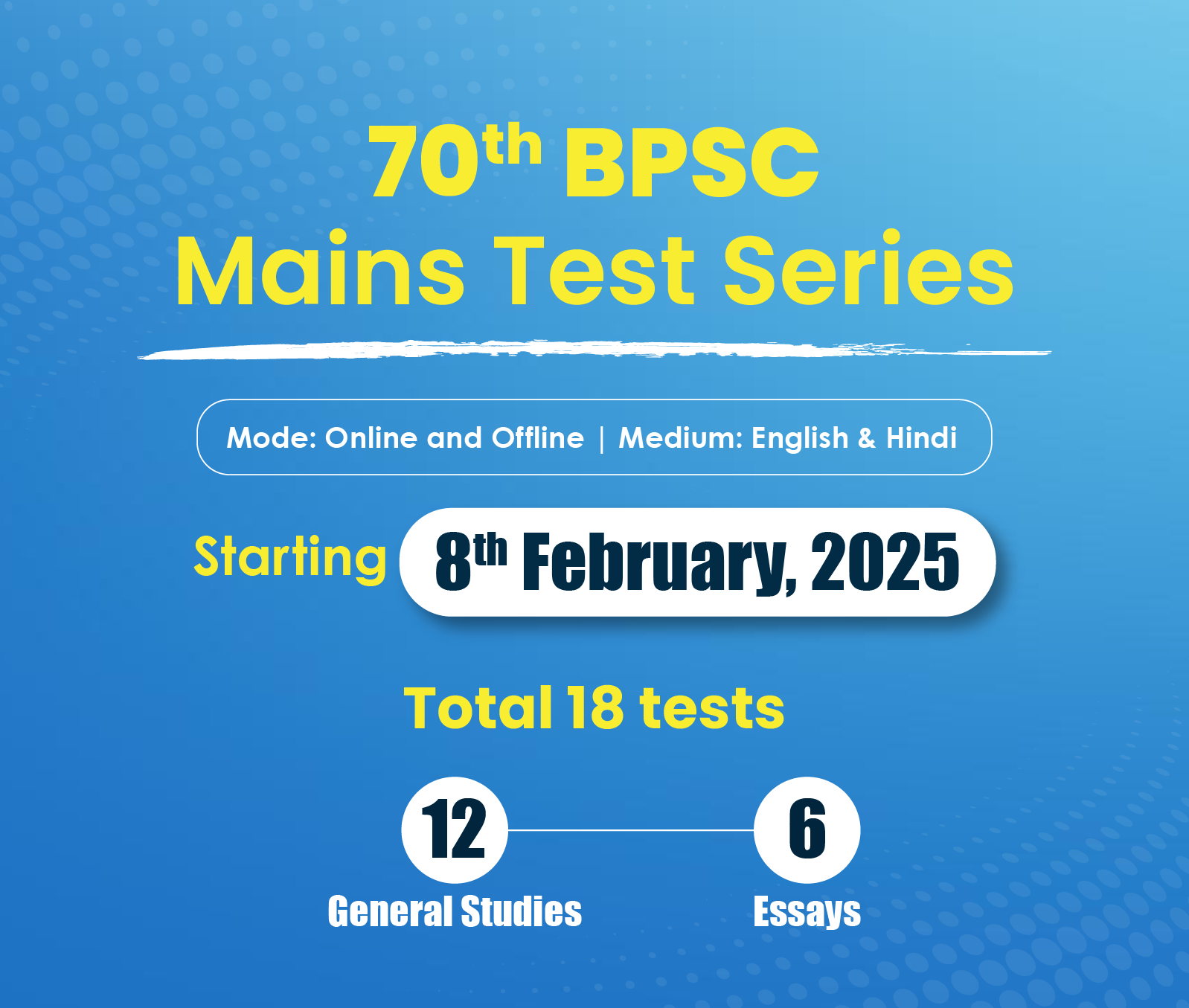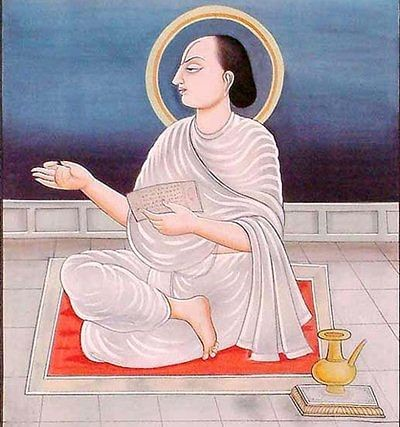Rajasthan Switch to Hindi
PM Visit to Rajasthan
Why in News?
Recently, the Prime Minister visited Rajasthan where he was the chief guest at the concluding ceremony of the platinum jubilee celebrations of Rajasthan High Court, held at the High Court Campus, Jodhpur.
Key Points
- The State judiciary consists of a high court and subordinate courts. The high courts were established in India in 1862 at Bombay, Calcutta and Madras.
- The constitution of India provides a high court for each state, but the Parliament can declare a common high court for two or more states.
- The number of judges in a high court is decided by the President of India, not the parliament.
- Appointment of HC Judges:
- Article 217 of the Constitution: It states that the Judge of a High Court shall be appointed by the President in consultation with the Chief Justice of India (CJI), the Governor of the State.
- In the case of appointment of a Judge other than the Chief Justice, the Chief Justice of the High Court is consulted.
Uttar Pradesh Switch to Hindi
Uttar Pradesh Aims to Attract More Tourists by 2028
Why in News?
According to the sources, Uttar Pradesh is set to become a premier tourism destination in India, with an ambitious goal of attracting 80 crore tourists by the year 2028.
Key Points
- Uttar Pradesh saw a surge in tourist numbers, from 23 crore in 2016-17 to 48 crore in 2023-24, a growth of 51%.
- The state government is developing 12 new tourism circuits across the state to enhance and promote key locations.
- 12 new tourism circuits are: Ramayana Circuit, Sufi-Kabir Circuit, Bundelkhand Circuit, Jain Circuit, Krishna-Braj Circuit, Shakti-Peeth Circuit, Mahabharata Circuit, Wildlife & ECO Tourism Circuit, Swantantrata Sangram Circuit, Aadhyatmik Circuit, Buddhist Circuit and Craft Circuit.
- Efforts are being made to improve local infrastructure and accommodation options to cater to the growing number of tourists.
- The state is focusing on spiritual tourism, with many devotees visiting religious sites such as Ayodhya, Kashi, Mathura, Naimisharanya, and Prayagraj.
- The Chief Minister has emphasized the need to promote tourism alongside industrial development, leveraging the state's cultural and spiritual assets like the Taj Mahal and Ram Mandir to boost the tourism sector's contribution
Important Fairs of Uttar Pradesh
- Taj Mahotsav:
- It is a vibrant 10-day festival held annually at Shilpgram in Agra. This celebration draws inspiration from the rich Mughal and Nawabi culture that thrived in Uttar Pradesh during the 18th and 19th centuries.
- Kumbh Mela:
- It is one of the largest religious gatherings in the world, celebrated by Hindus.
- The festival is held at Prayagraj, Haridwar, Ujjain and Nasik every four years by rotation.
- Ganga Mahotsav:
- The Ganges River is very important to India and has supported many civilizations along its banks. A festival is celebrated in Varanasi during the Karthik month to thank the river goddess for her blessings and to ask for more.
- The ghats are decorated with lights and flowers, and on Karthik Poornima, people gather by the river to light and float earthen lamps.
Chhattisgarh Switch to Hindi
NCB's Zonal Office in Chhattisgarh
Why in News?
Recently, the Union Home Minister inaugurated the zonal office of the Narcotics Control Bureau (NCB) in Chhattisgarh's Raipur.
Key Points
- During his visit he also chaired meetings on the scenario of narcotics substances, the Left Wing Extremism (LWE) situation and inter-state coordination on Naxalism in Chhattisgarh.
- Narcotics Control Bureau:
- It was constituted by the Government of India in 1986 under the Narcotic Drugs and Psychotropic Substances Act, 1985.
- It is the apex coordinating agency under the Ministry of Home Affairs.
- The National Policy on Narcotic Drugs and Psychotropic Substances is based on Article 47 of the Indian Constitution which directs the State to endeavour to bring about prohibition of the consumption, except for medicinal purposes, of intoxicating drugs injurious to health.
The Narcotic Drugs and Psychotropic Substances (NDPS) Act, 1985
- It prohibits a person from producing, possessing, selling, purchasing, transporting, storing, and/or consuming any narcotic drug or psychotropic substance.
- The National Fund for Control of Drug Abuse was also created under a provision of the NDPS Act, 1985, to meet the expenditure incurred in the implementation of the Act.
Chhattisgarh Switch to Hindi
Union Minister Visits Vallabhacharya Ashram
Why in News?
Recently, the Union Home Minister offered prayers at Mahaprabhu Vallabhacharya Ashram in Champaran town of Chhattisgarh’s Raipur district.
Key Points
- The Union Minister visited Chhattisgarh for security and development meetings in Naxalite-affected areas.
- Mahaprabhu Vallabhacharya:
- Vallabhacharya was a revered figure who had a deep command over the Vedas and Upanishads. He was known by the titles Vallabha and Mahaprabhu Vallabhacharya.
- He founded the philosophy of Shuddha Advaita or pure non-dualism. He also founded the Pushti sect of Vaishnavism, a Krishna-centric cult in the Braj region of India.
- He also established the Jagadguru Acharya and the Guru of the Pushti Marg bhakti school after developing his own interpretation of the Vedanta philosophy.
- He was born in the year 1479 AD in Champaran town of Chhattisgarh’s Raipur district.
Vedas and Upanishads
- Vedas:
- There are four Vedas: Rig Veda, Yajur Veda, Sama Veda, and Atharva Veda.
- The word "Veda" comes from the root "vid," which means "spiritual knowledge" or "subject of knowledge".
- The Vedas were written by Vedic poets and seers called rishis, who used Sanskrit poetry to describe cosmic mysteries.
- Upanishads:
- Also called Vedantas, these are the source of Indian philosophy and are usually counted at 108, though there are more than 200 known.
- The word "Upanishads" means "to sit down near (the teacher)," and teachers would often pass them down verbally to their students in the forest.
- The ten main Upanishads are Isha, Kena, Katha, Prashan, Mundaka, Mandukya, Tattiriya, Aitareya, Chhandogya, and Brihadaranyaka.
Madhya Pradesh Switch to Hindi
Intense Rain Warning by IMD
Why in News?
Recently, the India Meteorological Department has warned of heavy to extremely heavy rainfall in parts of Madhya Pradesh, Rajasthan and Gujarat, Goa and Maharashtra.
Key Points
- They have advised fisherfolk to avoid venturing into the Arabian Sea and Bay of Bengal.
- Small ships and exploration and production operators have been asked to monitor weather developments and take necessary precautions.
- People are recommended to avoid locations susceptible to waterlogging and check for traffic alerts before commuting.
- Farmers in the impacted regions should ensure adequate drainage in their fields and offer support to their crops.
- There is a risk of landslides and damage to horticultural crops due to inundation in the affected regions.
India Meteorological Department
- IMD was established in 1875. It is the National Meteorological Service of the country and the principal government agency in all matters relating to meteorology and allied subjects.
- It works as an agency of the Ministry of Earth Sciences of the Government of India.
- It is headquartered in New Delhi.
- IMD is also one of the six Regional Specialized Meteorological Centres of the World Meteorological Organization.
Madhya Pradesh Switch to Hindi
New Ramsar Site in Madhya Pradesh
Why in News?
Recently, the centre declared the Tawa Reservoir in Madhya Pradesh as a new Ramsar Site.
Key Points
- The Tawa Reservoir:
- It is situated at the confluence of the Tawa and Denwa rivers near Itarsi town, was originally built for irrigation and now also supports power generation and aquaculture.
- The reservoir lies within the Satpura Tiger Reserve, bordering the Satpura National Park and Bori Wildlife Sanctuary.
- River Malani, Sonbhadra, and Nagdwari are the major tributaries of the Tawa reservoir.
- The Tawa River, a left-bank tributary of Narmada river, originates in the Mahadeo Hills of Chhindwara district, flows through Betul district, and meets the Narmada River in Narmadapuram district.
- It is the longest tributary of the Narmada river.
- The reservoir hosts Spotted deer and Painted Stork.
The Ramsar Convention
- The Ramsar Convention is an international treaty signed in 1971 in Ramsar, Iran, under the auspices of UNESCO, aimed at conserving wetlands of international importance.
- In India, it came into force on 1st February 1982, under which wetlands of international importance are declared as Ramsar sites.
- Montreux Record is a register of wetland sites of International Importance where changes in ecological character have occurred, are occurring, or are likely to occur as a result of technological developments, pollution or other human interference.
- It is maintained as part of the Ramsar List.








%20MPPCS%202025%20Desktop%20E.jpg)
%20MPPCS%202025%20Mobile%20E%20(1).jpg)










.png)
.png)











 PCS Parikshan
PCS Parikshan


